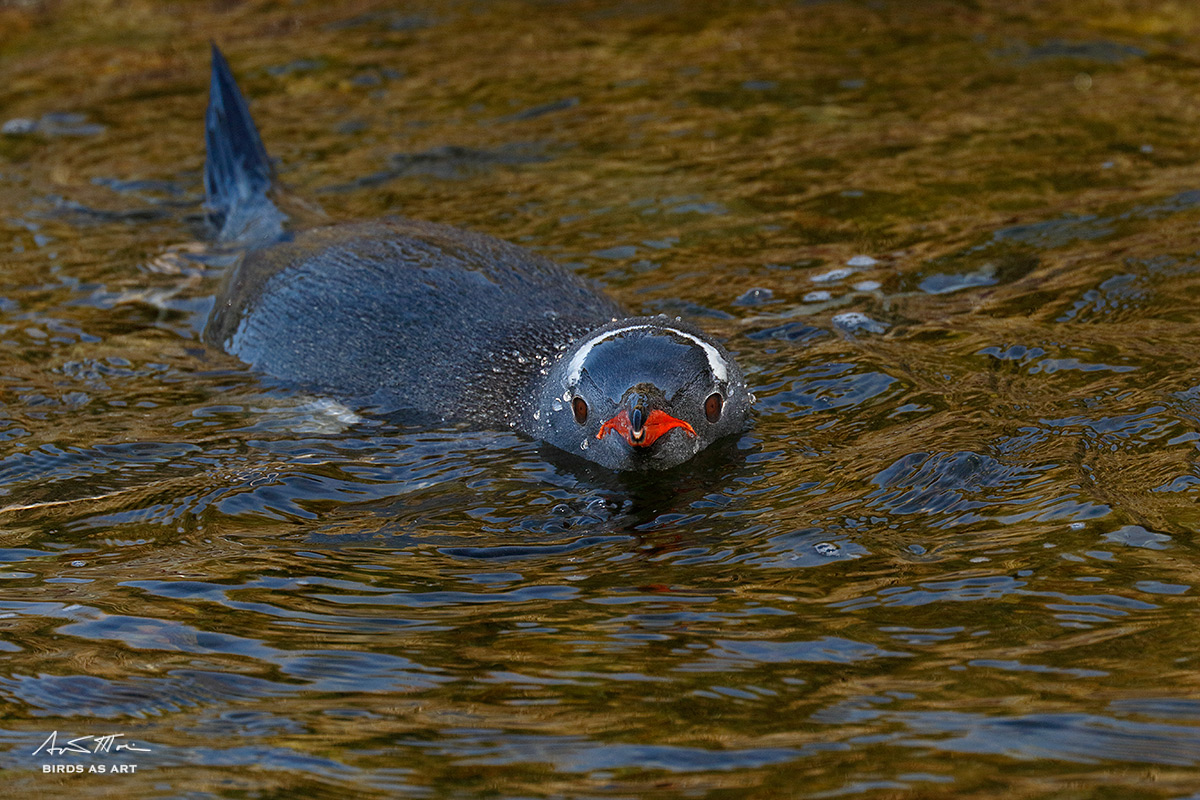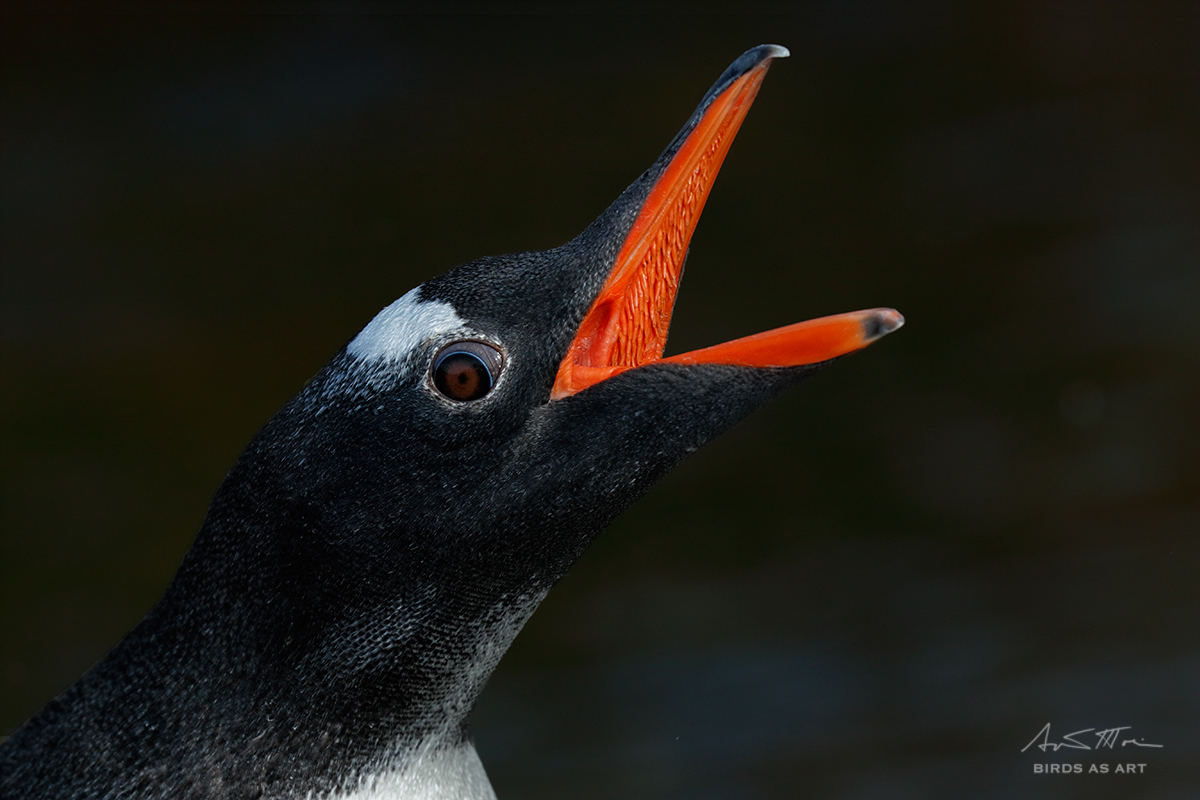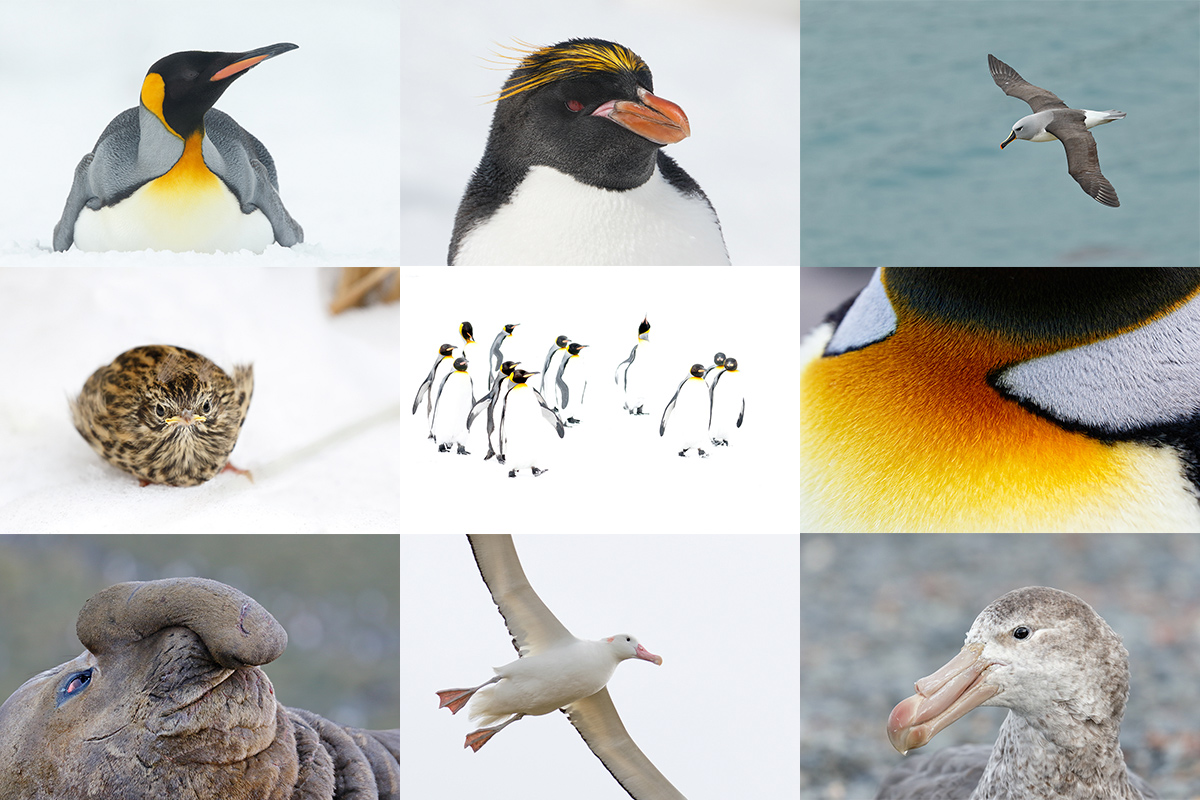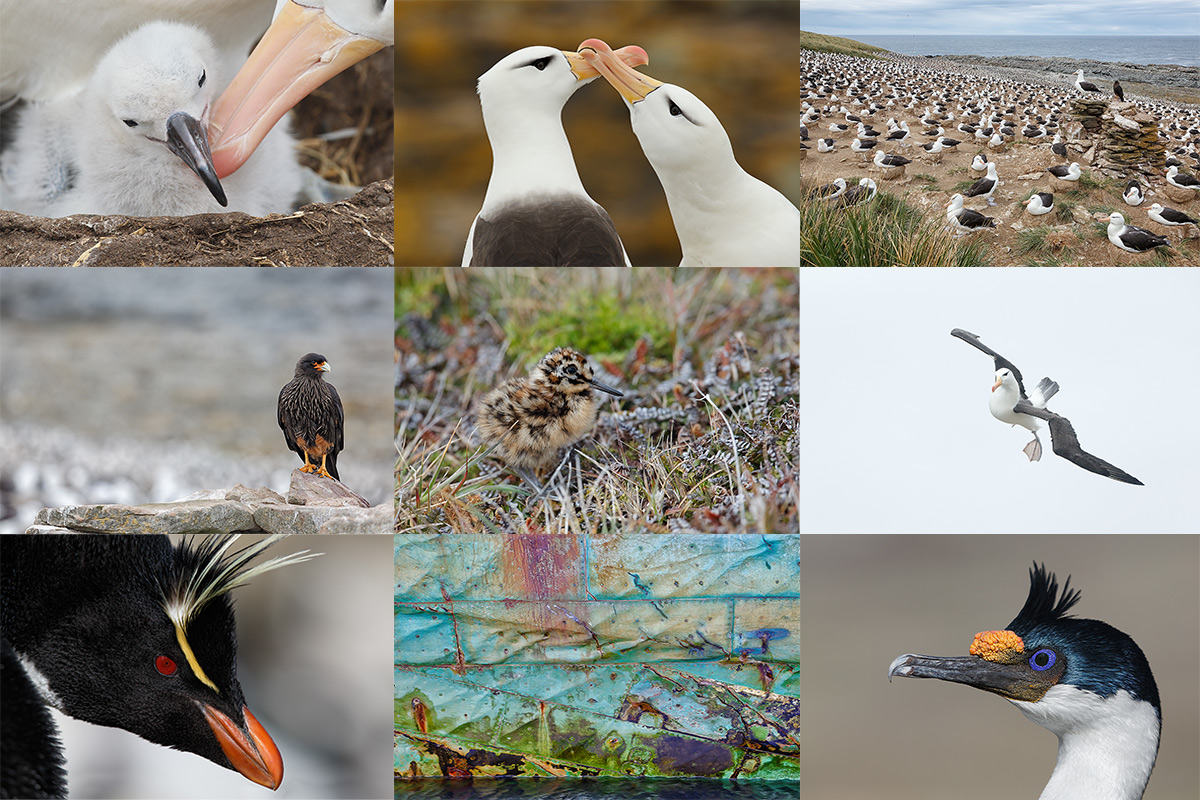What’s Up?
Well, I got the master CD and the cover art for the birds as art: The Avian Photography of Arthur Morris/The Top 100 exhibit-companion e-book project to UPS on Saturday morning. It is going Next Day Air for delivery to the manufacturing company in Richardson, TX on Monday morning. But it was not easy.
First, I had a ton of trouble burning the CD because the external CD reader for my Apple 15.4″ MacBook Pro Notebook Computer with Retina Display & Force Touch Trackpad (Mid 2015) kept crapping out. When I did burn the CD on one of our office computers, it came up as “Corrupt File.” So I tried Jim’s computer and the file burned correctly. But I still had to make sure that the master CD could be read by a Mac. Miraculously, the external CD reader came back to life just long enough for me to view the PDF on my laptop.
Next, I called the UPS dispatcher. She was very nice and was willing to send a driver to my home for the pickup, but when she confessed to being “geographically challenged” and told me that there were “only four substitute drivers working” I decided to drive the 25 miles into town to hand-deliver my package to the UPS station. Piece of cake, right? Not exactly. I tried in vain to find the address for more than 15 minutes and then called the dispatcher. I told her that I was in the Sunoco station on SR 27. I must have sounded desperate as she offered to drive to the gas station to get my my overnight parcel. And so she did.
Now I can only hope that everything goes smoothly with the manufacturing process so that I have CDs to sell at the exhibit opening. 🙂
As for the free excerpt below from the Southern Oceans Guide (in progress), all that I can say is that if Godthul is basically a backup landing site, imagine the images that you could make at one of the world class South Georgia wildlife landing locations. Scroll down to join me and the BAA group on next year’s Cheesemans’ South Georgia Expedition.
Thanks a Stack!
Thanks a stack to the many who helped proofread the Canon Panel either via comment or e-mail. The irrepressible BugBob Allen volunteered to help without being asked and came up with a few great catches that everyone else missed. I will send the final version to Alan Lillich today so that he can go over it with his fine-toothed comb.
|
This image was created at Godthul on the Cheesemans’ 2015 South Georgia Expedition with the with the hand held Canon EF 100-400mm f/4.5-5.6L IS II USM lens (at 176mm) and the amazing Canon EOS 7D Mark II. ISO 400. Evaluative metering -1/3 stop: 1/2500 sec. at f/5.6 in Av mode. AWB. AI Servo Expand/Zone AF as framed was active at the moment of exposure (as is always best when hand holding). The system selected 4 AF points below and to the left of the center AF point, just where it should have. Click here to see the latest version of the Rear Focus Tutorial. Click on the image to see a larger version. Image #1: Gentoo Penguin colony on hillside with photographers (one kneeling, one seated) |
Free Excerpt with Images
The text below was adapted from the Southern Oceans Site Guide that I have been working on in my free time. 🙂
Godthul
This is another spot that would not be on the top of anyone’s list of favorite landings. I have, however, made a few landings here and wound up making some good images. Godthul is in a very protected location; if you are blown out of a landing at St. Andrews Bay, for example, you might very well get to spend a few hours on Godthul. As above, there is a Gentoo colony up the hill. Before you make the hike be sure to check out the sun angle; if it looks as if you will not be able to point your shadow at the birds, it might be best to skip the hike.
100-400 II Versatility
Consider the variety of subject matter and the framing in today’s featured images and throw in the fact that I was able to make a pretty neat image of a single seal eyeball with the 1-4/1.4X TC combo and it gives you a pretty good idea of just how versatile this new lens is.
|
This image was also created at Godthul on the Cheesemans’ 2015 South Georgia Expedition with the with the hand held Canon EF 100-400mm f/4.5-5.6L IS II USM lens with the Canon Extender EF 1.4X III (at 450mm)and the amazing Canon EOS 7D Mark II. ISO 400. Evaluative metering at about -2 stops was considerably underexposed at 1/800 sec. at f/9 in Manual mode. AWB. Center AF point (by necessity)/AI Servo Expand/Rear Focus AF as framed was active at the moment of exposure (as is always best when hand holding). The active AF point fell on the penguin’s right eye. Click here to see the latest version of the Rear Focus Tutorial. Click on the image to see a larger version. Image #2: Gentoo Penguin swimming in stream |
Godthul Excerpt Continued
The beach at Godthul is small and narrow. If it is clear and the sun is on your right when you get out of the zodiac the best strategy is to cross the small stream about 75 yards to your right so that you can work properly on sun angle. On some visits when there are lots of penguins by the stream, the leaders may forbid you from approaching them and crossing the stream. When that happened on my last visit I asked if a zodiac could drop off a few folks on the other side of the stream. “No problem.”
|
This image was also created at Godthul on the Cheesemans’ 2015 South Georgia Expedition with the hand held Canon EF 100-400mm f/4.5-5.6L IS II USM lens (at 400mm) and the amazing Canon EOS 7D Mark II. ISO 400. Evaluative metering -1 stop: 1/2000 sec. at f/8 in Manual mode. AWB. Center AF point/AI Servo Expand/Rear Focus AF as framed was active at the moment of exposure (as is always best when hand holding). The active AF point was placed just forward of and below the eye, just touching the gape–right on the plane of the bird’s eye. Click here to see the latest version of the Rear Focus Tutorial. Click on the image to see a larger version. Image #3: Gentoo Penguin calling |
Godthul Excerpt Continued
You will usually find some King and Gentoo Penguins on the beach along with some fur seals. And there will be lots of fur seals up in the tussock grass. The penguins often congregate near or bathe in the stream; this can—as above—provide lots of good opportunities. By moving slowly and getting low, it is easy to get close to the penguins.
Exposure Question
What two factors led to my applying negative exposure compensation for each of today’s featured images?
Your Favorite?
Artistically, for me, one of today’s three images stands head and shoulders above the other two. Please leave a comment and let us know which is your favorite and why you like it.
|
All images on the card were created on the 2015 Cheesemans’ South Georgia Expedition. From top left clockwise to center: King Penguin resting on Snow, Fortuna Bay; Macaroni Penguin in snow, Cooper Island; Grey-headed Albatross, Elsehul; King Penguin neck abstract, Godthul; Northern Giant Petrel, Undine Harbor; adult Wandering Albatross, Prion Island; Elephant Seal, Undine Harbor; South Georgia Pipit fledgling/thanks Joe Kaplan! Fortuna Bay; high key King Penguins in snow, Fortuna Bay. Card design and all images copyright 2015: Arthur Morris/BIRDS AS ART |
The Cheesemans’ 2016 OCT/NOV South Georgia/Falklands Expedition
If reading the blog post here put a thought in your mind about joining the BIRDS AS ART group on the Cheesemans’ 2016 OCT/NOV South Georgia/Falklands Expedition, please shoot me an e-mail with the words “Cheesemans’ Last Southern Ocean Expedition” cut and pasted into the Subject Line with any questions or if you wish to receive additional inspiration. This will surely be my last ship-based trip to the Southern Ocean as well.
|
All of the images on this card were created in the Falklands on the 2014 Cheesemans’ Southern Oceans Expedition. From top left clockwise to center: Black-browed Albatross tending chick, Steeple Jason Island; Black-browed Albatross courting pair, New Island; the Black-browed Albatross colony at Steeple Jason Island; Black-browed Albatross landing, New Island; King Cormorant head portrait, New Island; hull detail/derelict minesweeper, New Island; Rockhopper Penguin head portrait in bright sun, New Island; Striated Caracara, Steeple Jason Island; Magellanic Snipe chick, Sea Lion Island. |
An Expedition Overview
Experience the vibrant spring of South Georgia, a true Antarctic wildlife paradise. Observe and photograph wildlife behaviors seldom seen beneath the towering, snow-blanketed mountains that dominate the island’s landscape. Southern Elephant Seal bulls fight for breeding rights while females nurse young, overlook vast colonies of loafing King Penguins, watch Macaroni Penguins cavort in the snow, photograph handsome Gray-headed Albatrosses in flight or attending to their cliffside nests and awkward Wandering Albatrosses attempting first flight. The itinerary includes six landing days on South Georgia and three landing days in the Falklands to observe too cute Rockhopper Penguins, Magellanic Penguins standing watch at their nesting burrows, and more Black-browed Albatrosses than you could ever imagine. To commemorate Shackleton’s famous self-rescue crossing South Georgia, CES also offers an optional trek retracing his steps. With Cheesemans’ twenty years of experience in the Antarctic region, they commit to an in-depth exploration of one of the densest wildlife spectacles found anywhere in the world, and with only 100 passengers, they routinely give you the opportunity to completely immerse yourself on each landing.
Two of the scheduled Falklands’ landings, New Island and especially Steeple Jason Island, rival the best locations on South Georgia. Those will likely include Salisbury Plain, St. Andrews Bay, Elsehul, Fortuna Bay, and either Cooper Island or Hercules Bay (for Macaroni Penguins).
Why Sign Up Through BIRDS AS ART?
If you have been thinking and dreaming of finally visiting South Georgia, this is the trip for you. There will likely never be another trip like this as the best outfit in the Southern Oceans business will not be returning after 2016…. Quit dreaming and act now. Though I will not be an expedition staff member on this trip, those who have traveled with me know that I cannot help but teach. And I will be doing a introductory photography program for the entire ship on our crossing to South Georgia. All who sign up via BAA will receive a free copy the new Southern Ocean Photography Guide (a $100 value) that I am currently working on. It will include pre-trip gear and clothing recommendations and a ton of info that you will find to be invaluable.
I will hold informal pre-landing briefings aboard ship so that when you land you know exactly what to expect and where to go. I will be available on the ship to review your images, answer your questions, and conduct informal over-the shoulder Photoshop sessions. And best of all, everyone who signs up under the auspices of BAA are invited to tag along with me on the landings where I will be glad to offer invaluable in-the-field advice. And the same goes for the shipboard birds in flight and marine mammal photographic sessions.
Again, if you would like to join me on what will truly be a once in a lifetime opportunity to a wondrous place, please shoot me an e-mail with the words “Cheesemans’ Last Southern Ocean Expedition” cut and pasted into the Subject Line.
You can learn more about the trip here. If you sign up on your own be sure to mention that you would like to be part of the BAA Group. I’d be glad to answer any and all question via e-mail or by phone at 863-692-0906.
Important Notes
#1: If you fail to e-mail me as noted directly above, and register directly with CES you MUST let them know that you would like to be part of the BIRDS AS ART group.
#2: Joining the BIRDS AS ART group as above will not cost you one penny.
For additional details on the trip and the ship, see the blog post here.


Please Remember to use our Affiliate Links 🙂
To show your appreciation for my continuing efforts here, we ask, as always, that you get in the habit of using my B&H affiliate links on the right side of the blog for all of your photo and electronics purchases. Please check the availability of all photographic accessories in the BIRDS AS ART Online Store, especially the Mongoose M3.6 tripod heads, Gitzo tripods, Wimberley heads and plates, LensCoats and accessories, and the like. We sell only what I have used, have tested, and can depend on. We will not sell you junk. We know what you need to make creating great images easy and fun. And we are always glad to answer your gear questions via e-mail. I just learned that my account was suspended during my absence; it should be up and running by Monday at the latest.
I would of course appreciate your using our B&H affiliate links for all of your major gear, video, and electronic purchases. For the photographic stuff mentioned in the paragraph above we, meaning BAA, would of course greatly appreciate your business. Here is a huge thank you to the many who have been using our links on a regular basis and visiting the BAA Online store as well.
Be sure to like and follow BAA on Facebook by clicking on the logo link upper right. Tanks a stack!
Typos
In all blog posts and Bulletins, feel free to e-mail or to leave a comment regarding any typos or errors. Just be right 🙂



















The third image is my favorite. Composition, color, contrast, details, simple background and the open beak are strong elements.
Thanks for posting this image.
Best wishes.
Hi, Artie. I’ll join the other penguins in the flock and go for the drama, composition, and color in image #3. But I really like image #2 as well.
Hi Artie,
The “maps” program on your iPhone, or a stand alone GPS will talk you right to the door step. Took me a while to figure out but is a frustration solver.
Happy New Year directions,
Jim
Thanks Jim. Usually. This was 100% my fault as I misread what I was seeing on Google Maps. My bad :(. a
ps: have a great 2016
Third image is my favorite–great color, and you are on the same level with the bird which I always like. The open beak adds a lot of interest. I’ve never seen a penguin photo with open beak.
Exposure question–The meter would try to turn the dark colors in photos 2 & 3 lighter so a negative exposure was needed to keep them dark. With a majority of the image being dark and the meter lightening those darks, the small whites would have been terribly overexposed w/o using a negative exposure.
If there was no white in photo 1, an exposure at 0 probably would have worked. But again the whites would have been overexposed. Seems like far away scenics exposed at 0 always come out on the light side for me. Haven’t figured that out yet.
“I had a ton of trouble burning the CD”
Don’t burn a CD. Compile the files into an iso image which can be used to burn a CD and mail or upload the iso image to whoever you need to send the CD to.
Even better would be to make the iso file, test it by mounting it as a disk on your system (allows you to view the iso file as a virtual CD drive) and then zip up the iso file (with a password if required) and send the zip file instead.
The advantage with the zip file is one, you can password protect it and two, it is very simple to check the integrity of the file and be assured that the complete, uncorrupted iso file has come through.
If any of this is Greek, your grandchildren would probably be able to translate and explain this Greek (geek) language to you… 🙂
Thanks Bharat but the CD manufacturer states clearly that he will only work with a Master CD 🙂
No CD, no product….
later and love, artie
Hi Art
Greetings
I like the 3rd image , the colours are great ‘ the open mouth makes it interesting and the background is not busy.
Answer to exposure question
1. You did not want to blow highlights on the birds neck and head
2. Not too sure. You wanted a darker background as you used a Beamer and a faster shutter speed ?
I would have noted it if I had used flash. The second factor is the one that answers this question: “In each image what would cause the whites to be over-exposed?”
Hi Art
Thanks for your reply.
There are a lot of dark tones in the image so adding a -EV compensation was the way to go to prevent overexposure of the highlights.
I really like the open mouth image, the colours are great, the angle is good and the background has just enough colour to make it interesting.
🙂 a